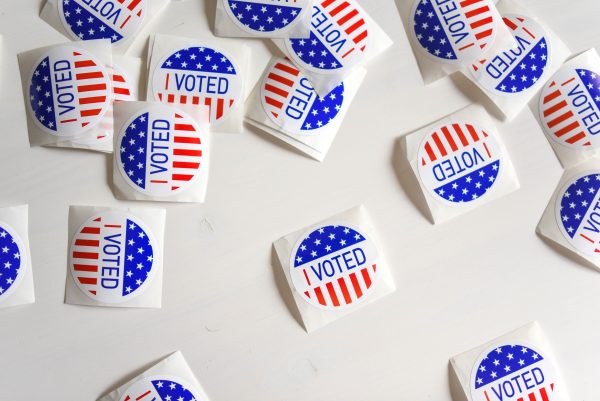See highest and lowest voter turnout areas in Charlotte

Ads have been running for months, streets are blanketed with yard signs and North Carolinians have cast early ballots, but with Super Tuesday this week, the presidential election officially kicks into high gear locally.
In addition to being a swing state, the national spotlight will be on North Carolina — and Charlotte — for several reasons this year. The Republican National Convention is coming to Charlotte in August. And the potential prizes — governorship, a U.S. senate seat, control of the state legislature and seats on the Mecklenburg County Board of Commissioners — are sure to drive a hotly contested election all the way down the ballot.
But how many of us will actually turn out to vote? It turns out that the answer depends a lot on where you live. Like patterns of race, income, education and even average lifespan in Charlotte and Mecklenburg County, you can see clear geographical differences.
Here’s turnout in the last national general election. Countywide, 75 percent of registered voters cast a ballot:
Within that overall turnout though, you can see some major differences. Voter turnout in some precincts was only in the 40 to 60 percent range. The lowest, just north and east of uptown, came in at just under 41 percent. In some precincts around UNC Charlotte, barely half of registered voters turned out.
The maps correspond to other patterns in Charlotte, such as age, income and race. They likely reflect that younger people vote at lower rates than older residents, and that lower-income and minority residents may face additional barriers to voting (for example, if you don’t vote early, and you’re an hourly employee reliant on public transit with a variable schedule and children, then getting to the polls on Election Day suddenly looks a whole lot more challenging). Whether a given candidate wins might depend in part on whether they can get more of those voters to the polls.
Even though the 2018 midterms were one of the most contentious races in recent history, turnout dropped to 63 percent countywide. In low-turnout neighborhoods, it fell into the 30s, and patterns of disparity became more visible.
You can explore interactive maps of voter participation back to 2010 across the county online via the Quality of Life Explorer (Note: The maps cover general election turnout, not primaries, which feature separate elections by party).